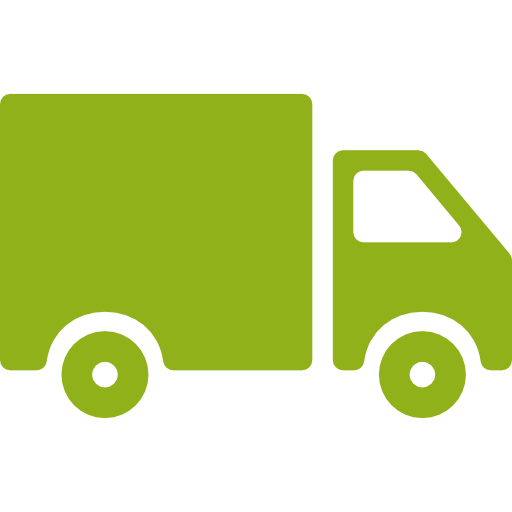Timber Risk Score: 100 / 100 in 2022. The Timber Legality Risk Assessment contains an evaluation of the risk of illegality in Spain for five categories and 21 sub-categories of law. We found:
- Specified risk for 0 sub-categories.
- Low risk for 19 sub-categories.
- No legal requirements for 2 sub-categories.
36% (18.4 million ha) of Spain is covered by forests of which:
- About 84% is naturally-regenerated forest
- About 16% is planted forest
Roundwood production totalled 16.7 million m3 in 2015. The forestry sector (including wood processing and pulp and paper) contributed US$ 9.6 billion to the economy in 2011, or nearly 0.7% of the GDP.
Risk is present in Spanish timber supply chains. The risks relate to legal rights to harvest and taxes and fees, and trade and transport. Companies sourcing timber from Spain should take care to ensure the risks identified are not present in their supply chains, or have been sufficiently mitigated.
View this page in Spanish
Score: 61/ 100 in 2021
Rank: 34 out of 180 countries in 2021
There are currently no armed conflicts in Spain according to the Council on Foreign Relations' Global Conflict Tracker.
FSC Certified Forest Area: 66,357 hectares (4 December 2019).
PEFC Certified Forest Area: 2,279,570 hectares (31 December 2019).
Information Gathering
Timber sources
- Find out the different sources of legal timber
- Determine which source type your timber comes from
| Timber source | Description of source type |
|---|---|
|
Public forest |
Timber from forest on state land, managed by forest administrations. |
|
Private forest with an approved management plan |
Timber from forest on private land, with an approved management plan. A Harvest Notification document should cover management plan activities, while other activities will need a Harvesting Permit. |
|
Private forest without an approved management plan |
Timber from forest on private land, without an approved management plan. Harvesting should be conducted with a Harvesting Permit containing all forest/harvest-related details, such as volume, species, harvesting activity, machinery, etc. |
Risk Assessment
Risk assessment summary
|
Legal rights to harvest
|
|
|
Taxes and fees
|
|
|
Timber harvesting activities
|
|
|
Third parties' rights
|
|
|
Trade and transport
|
|
Risk Mitigation
Risk Mitigation
We have not identified any specified risks and therefore have not suggested any mitigation actions.










